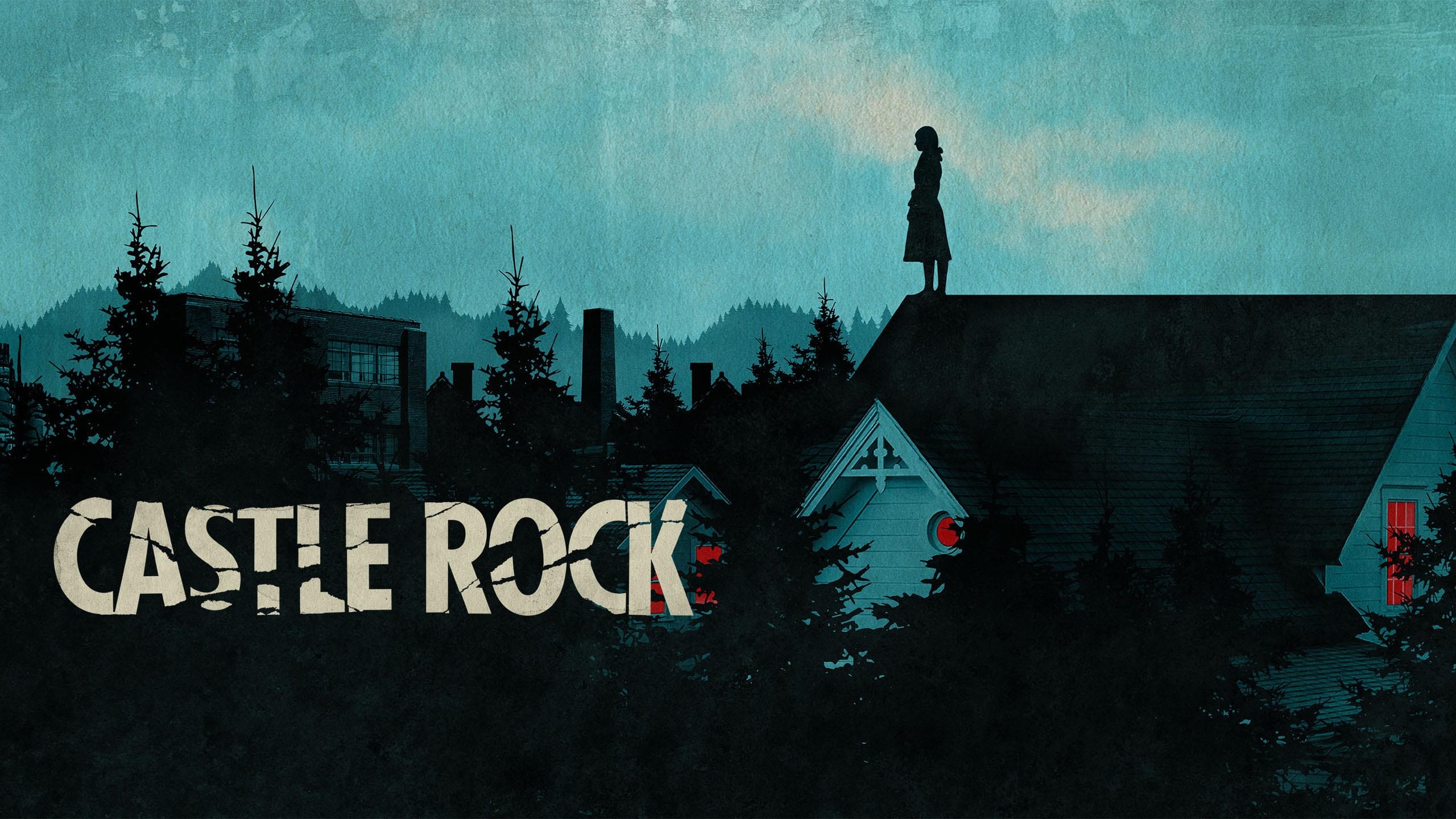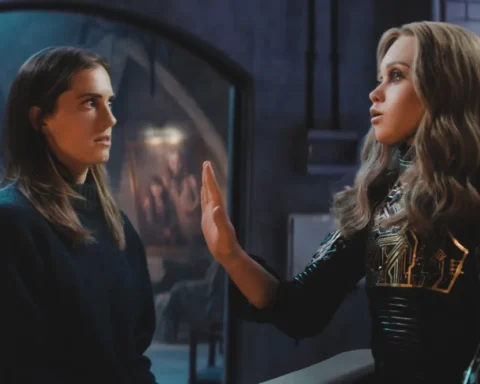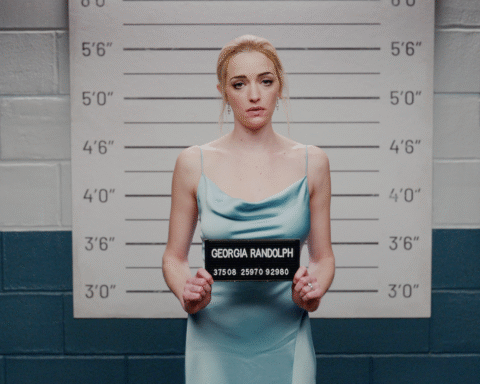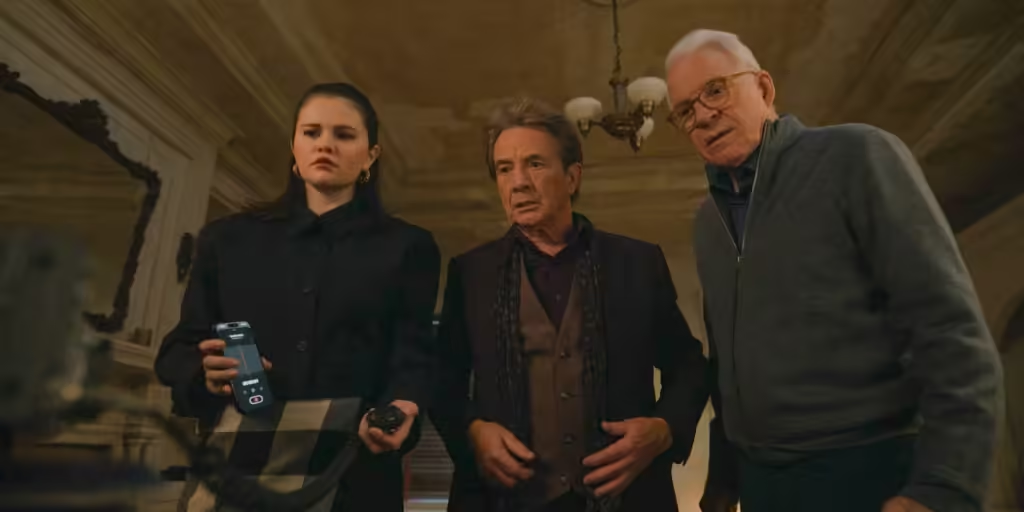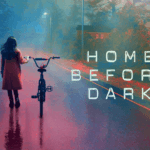Castle Rock, streaming on Hulu, is like wandering into a haunted house with a smile on your face, only to feel your soul slowly crushed by dread — in the best way possible.
Set in Stephen King’s twisted universe, the show meticulously weaves together elements from his novels, building an atmospheric fog that blankets every frame. At first glance, it appears to be a sleepy small town with creaky floorboards and rusty nostalgia. But the deeper you dive, the more Castle Rock reveals itself as a malevolent entity, haunted by secrets, tragedies, and mysteries that ripple through its residents like a dark, toxic current.
Season 1 begins with the return of Henry Deaver (André Holland), a man so weighed down by personal demons, he might as well have chains dragging behind him. He’s drawn back to his childhood home after a disturbing discovery at Shawshank Prison (yes, that Shawshank), where a mysterious, feral man known only as “The Kid” (played with eerie precision by Bill Skarsgård) is found locked in a cage beneath the prison. Skarsgård’s dead-eyed, hollow-cheeked performance is hypnotic and unsettling — it feels like you’re watching a walking omen, a bad dream given human form. The longer he stays in town, the worse things get for everyone.

The show, though sprawling, never forgets that its real subject is the town itself. Castle Rock is the true villain — a place steeped in Stephen King’s mythology where evil isn’t just lurking in the shadows; it’s in the soil. Like a slow-acting poison, the town infects its inhabitants, driving them to madness, murder, and self-destruction. Every smile is tight-lipped, every friendship stained with the knowledge that one wrong move might send you into the abyss.
The dialogue crackles with a blend of small-town charm and unnerving subtext. You know those scenes where people chat about mundane things, but you can tell they’re all teetering on the edge of insanity? That’s Castle Rock in a nutshell. The tension is suffocating, and the show relishes in teasing viewers with half-revealed secrets and unanswered questions.
The cast is stellar — Sissy Spacek as Ruth Deaver delivers a performance that will haunt you long after the credits roll. She’s fragile and fierce all at once, her mind slipping in and out of reality in such a tragic way that you can’t help but feel the horror of what it means to lose yourself while still being painfully aware of what’s happening around you. Spacek’s portrayal of dementia isn’t just sad — it’s terrifying, as it becomes increasingly clear that reality itself is bending around her.
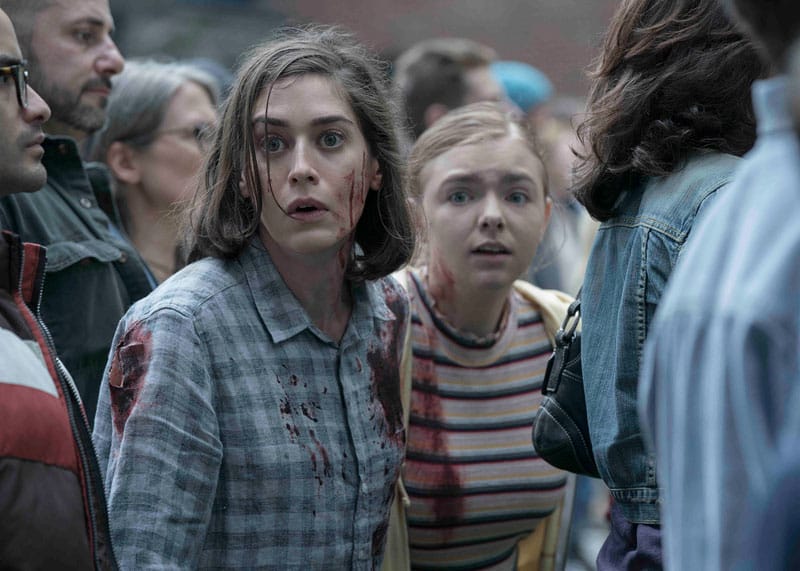

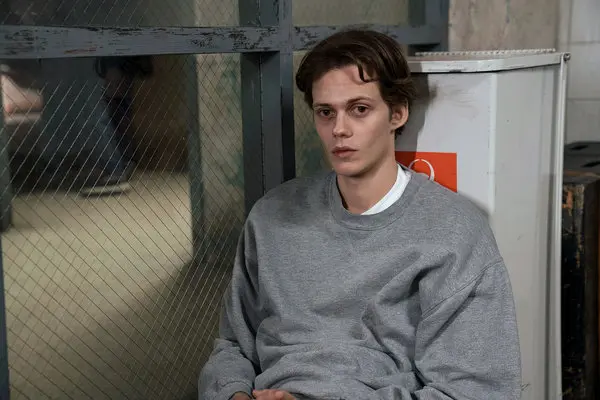
Season 2 takes a sharp turn, switching focus to Misery‘s infamous villain, Annie Wilkes (Lizzy Caplan), before she becomes the sledgehammer-wielding maniac from King’s novel. Caplan’s take on Annie is a jittery, manic ball of nervous energy — her eyes darting from side to side as though she’s always listening for something that no one else can hear. It’s a masterful portrayal of someone who is unhinged but still terrifyingly relatable.
The pacing is deliberate, almost torturous at times, drawing out the agony of each revelation. The show excels in creating an atmosphere where nothing feels safe, and everything is a little too still, like the moment before the storm hits. The cinematography, bathed in murky greens and blood-tinged hues, makes Castle Rock feel like a place perpetually on the edge of twilight, where the sun never quite rises high enough to banish the shadows.
However, Castle Rock isn’t without its flaws. Its web of references and Easter eggs is both a blessing and a curse. For die-hard Stephen King fans, it’s a treasure trove; for others, it can feel like the show is so wrapped up in its own mythology that it sometimes forgets to tell a coherent story. The narrative can be maddeningly elusive — not so much a slow burn as a slow unravel. Characters disappear and reappear with little explanation, and while that enhances the eerie, disorienting vibe, it can also leave viewers craving more structure, more concrete answers.

The real genius of Castle Rock, though, is how it gets under your skin. It’s not the type of horror that jumps out at you from behind a door. No, it’s the kind that sinks into your bones, whispers to you at night, and leaves you questioning whether the evil in the town was ever supernatural to begin with — or if it’s just the darkness inside people, finally brought to the surface.
In the end, Castle Rock is a love letter to the twisted, terrifying universe of Stephen King, but it’s also a grim meditation on the nature of evil. It asks, “Is the horror here because of some cosmic malevolence, or is it just the inevitable consequence of living in a world where trauma festers and morality is as fragile as an old mirror?”
It’s bleak, unsettling, and so perfectly captures that feeling of hopeless dread that you almost want to look away. Almost. But by then, you’re already hooked, much like the cursed souls of Castle Rock itself.
